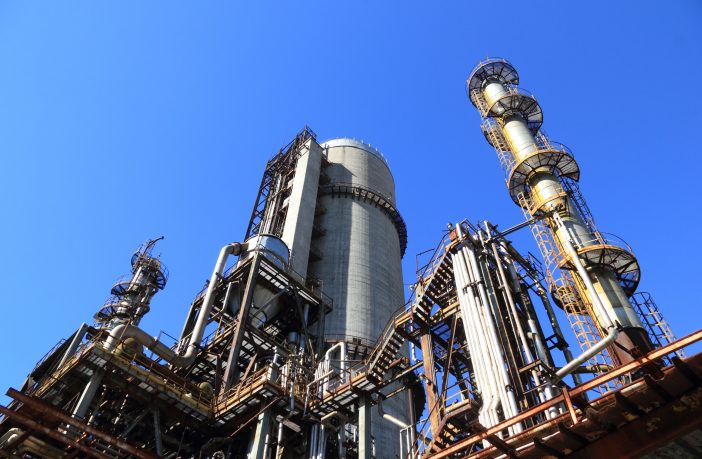- Oil and gas firms are not disclosing anywhere near enough information for investors to weigh up growing climate concerns that may impact a company’s future production and the long-term viability of its business.
- A new Carbon Tracker report finds that oil and gas disclosures provide little transparency over expected future upstream capital expenditure plans, and importantly the criteria and assumptions applied when deciding which projects to sanction for development.
- The report also illustrates what a ‘model’ corporate climate risk disclosure should look like.
To date the think-tank’s research has shown that it is key future resources and reserves that are still to be developed into producing assets that are at greatest risk of stranding in a low carbon below 2°C world[1] — but accounting and disclosure practices offer investors little visibility over this variable.
A new Carbon Tracker report, ’Reporting for a secure climate: A model disclosure for upstream oil & gas’ released last month, analyses current corporate climate reporting trends, including through select company examples, and steps needed to improve transparency over future material risks.
Kate Woolerton, senior accountant and lead author of the report said, “Investors want reassurance that upstream oil and gas companies are factoring climate-constraints into their capital expenditure strategy. We believe that they could be doing a lot more to communicate this to their investors — our model disclosure illustrates what companies could do, if they applied their best efforts.”
Current oil and gas disclosures provide little transparency over expected future upstream capital expenditure plans, and importantly the criteria and assumptions applied when deciding which projects to sanction for development.
Carbon Tracker finds the following three disclosures to be critical to any future climate-secure company disclosure:
Expected future capital expenditure on exploration and development activities – A forward-looking measure that allows investors to assess the degree to which a company is continuing with a BAU strategy, which may result in stranded assets
Transparency over the material assumptions that underpin a company’s upstream strategy —This allows investors to understand whether the company has taken possible future climate-contstraints into consideration when setting their upstream capital expenditure strategy, in particular their expected expenditure on exploration and the key assumptions applied when sanctioning a project for development into a producing asset. For instance, investors may be interested to understand whether the company is assuming ever increasing demand and commodity prices?
Sensitivity analysis— This allows investors to assess for themselves the possible impact on the company strategy and financial position of oil and gas prices being lower than expected – it can help them to assess the potential value at risk
Robert Schuwerk, executive director North America, and co-author said:
“The long-term financial impacts of climate change are clearly material to the upstream oil and gas sector, yet current company disclosures do not go far enough to communicate the extent to which their capital expenditure plans are addressing this risk.”
Author: Bryan Groenendaal















